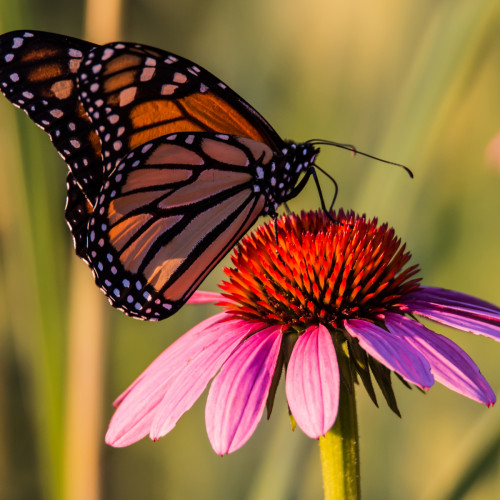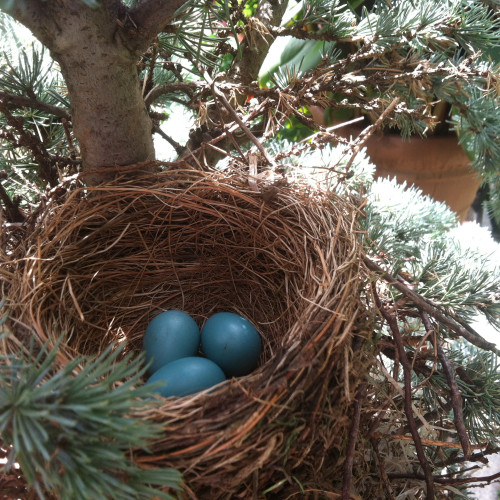Where Do Insects Live?
Insects live all around us. Some make their homes out of found materials, such as leaves, mud, and twigs. Others make their own building materials, such as silk and wax.
IS THAT A BUG?
Many people call insects bugs, but while all bugs are insects, not all insects are bugs.
True bugs are insects belonging to the order Hemiptera, including cicadas, bed bugs, and aphids. They have specialized mouthparts that allow them to suck juices from plants or blood from animals.
The next time you see an insect, ask yourself, “Is that a bug?”

Green Shield Bug
A Year in the Life of an Insect
Insect habitats are in use all year round.
In spring and early summer, they provide a place for insects to reproduce and rear their young.
In summer, they offer protection from predators and cool places to rest during the heat of the day.
In autumn, they provide decaying plant materials that serve as food sources.
In winter, they provide shelter from harsh weather conditions until spring.
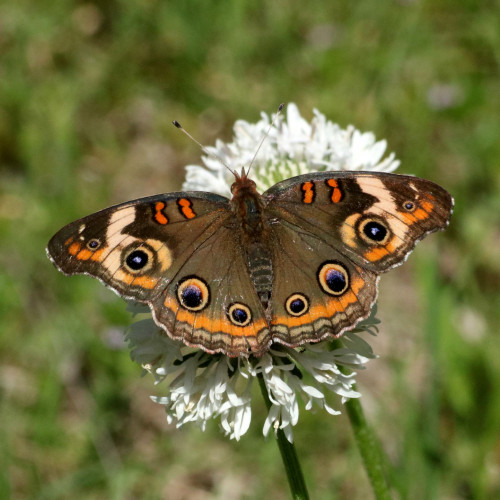
Photograph by Sheila Brown
Butterfly
Many butterflies spend the winter as caterpillars in rolled up leaves for protection. You can help provide a habitat for next year’s butterflies by leaving areas of leaf litter in your garden.
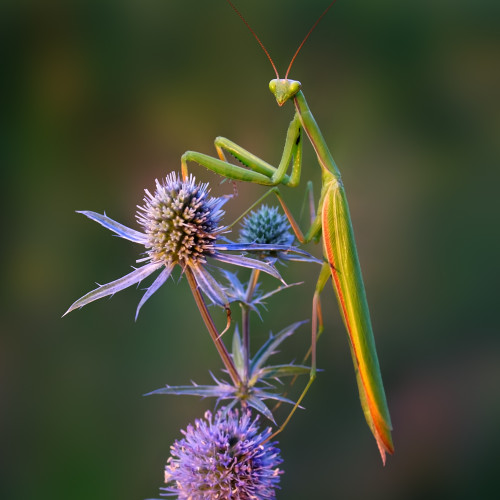
Photograph by Vchernian
Praying Mantis
Praying mantises lay their eggs in a protective casing called an ootheca, which they attach to sticks and stems. To help praying mantises survive the winter, leave stems up until spring.
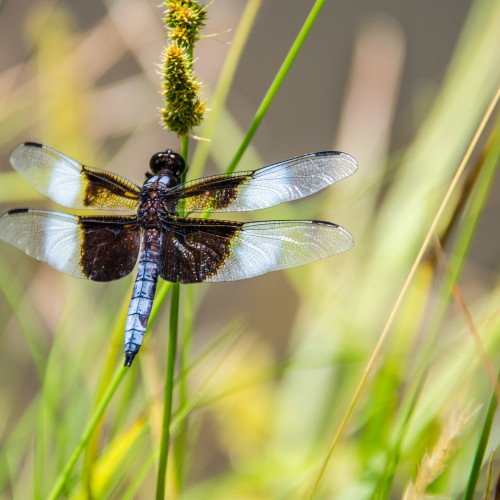
Photograph by ablokhin
Dragonfly
Many species of dragonfly spend the winter as nymphs in ponds and streams, emerging as adults in the spring. Help keep ponds and streams free from pollution to support dragonflies.
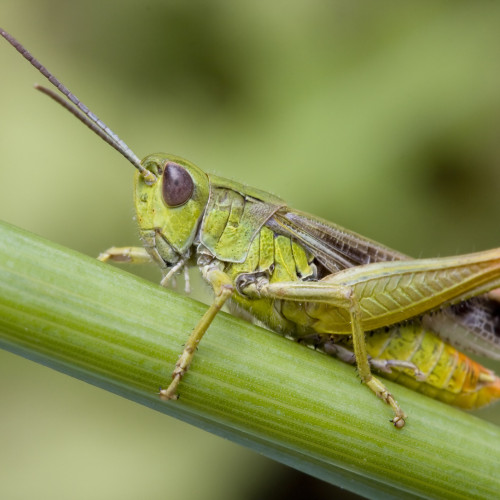
Photograph by Andre Goncalves
Grasshopper
Female grasshoppers help their young survive the winter by laying their eggs underground. Leaving fallow or untilled areas in your garden protects young grasshoppers from predators and harsh weather.
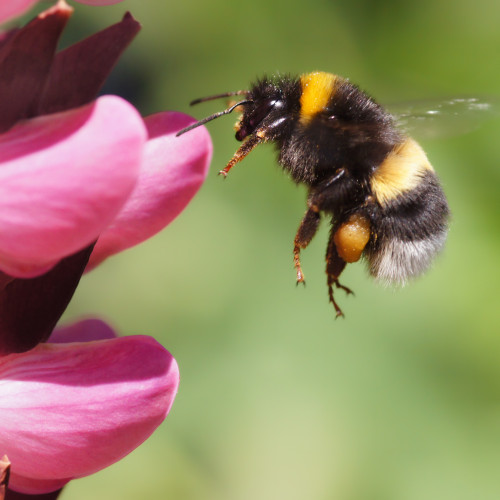
Photograph by Schnuddel
Bee
Young queen bumblebees survive the winter by hibernating underground or in rotting woodpiles until spring, when they emerge to start a new colony of their own. To help bees survive, avoid spraying pesticides when plants are flowering and bees are foraging for nectar.
¿Dónde viven los insectos?
Los insectos viven a nuestro alrededor. Algunos construyen sus hogares con materiales que encuentran, como hojas, barro y ramitas. Otros fabrican sus propios materiales de construcción, como la seda y la cera.
¿ES UN BICHO?
Muchas personas les dicen bichos a los insectos, pero si bien todos los bichos son insectos, no todos los insectos son bichos.
Los bichos verdaderos pertenecen al orden hemípteros, entre ellos, las cigarras, las chinches y los pulgones. Tienen bocas especiales que les permiten chupar los jugos de las plantas o la sangre de los animales.
La próxima vez que vea un insecto, pregúntese: “¿es un bicho?”

Green Shield Bug
Un año en la vida de un insecto
Los hábitats de los insectos están en uso todo el año.
En primavera y principios de verano, son un lugar para que los insectos se reproduzcan y cuiden de sus crías.
En verano, ofrecen protección contra los depredadores y son lugares frescos para descansar en las horas de más calor.
En otoño, proporcionan materiales vegetales en descomposición que sirven como fuentes de alimento.
En invierno, brindan refugio contra las condiciones climáticas adversas hasta la primavera.

Fotografía de Sheila Brown
Mariposa
Muchas mariposas pasan el invierno como orugas en hojas enrolladas para protegerse. Para ayudar a proporcionar un hábitat para las mariposas del próximo año, puede dejar montículos de hojas en el suelo de su jardín.

Fotografía de Vchernian
Mantis religiosa
Mantis religiosa
Las mantis religiosas ponen sus huevos en una carcasa protectora llamada ooteca, que adhieren a palos y tallos. Para ayudar a las mantis religiosas a sobrevivir en invierno, deje los tallos altos hasta la primavera.

Fotografía de ablokhin
Libélula
Muchas especies de libélulas pasan el invierno como ninfas en estanques y arroyos, para luego emerger como adultos en la primavera. Ayude a mantener los estanques y arroyos sin contaminación por el bien de las libélulas.

Fotografía de Andre Goncalves
Saltamontes
Los saltamontes hembra ponen sus huevos bajo tierra para ayudar a sus crías a sobrevivir en invierno. Dejar áreas en barbecho o sin labrar en su jardín protege a los jóvenes saltamontes de los depredadores y el clima severo.

Fotografía de Schnuddel
Abeja
Para sobrevivir en invierno, los abejorros reina jóvenes hibernan bajo tierra o en pilas de madera podrida hasta la primavera, cuando emergen para iniciar una nueva colonia propia. Para ayudar a las abejas a sobrevivir, evite aplicar pesticidas cuando las plantas están en flor y las abejas buscan néctar.




